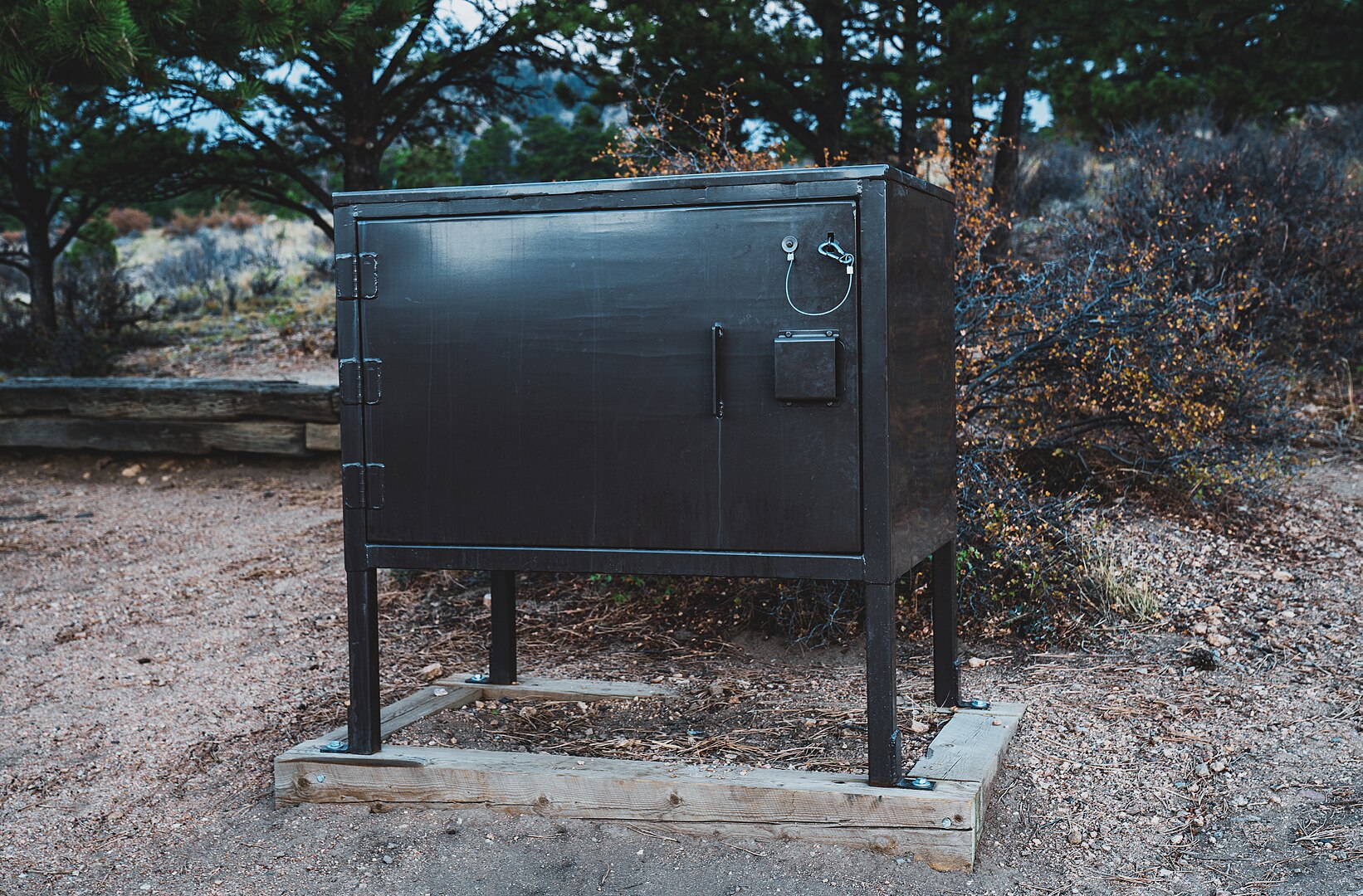Camping in bear country can be an exhilarating adventure, offering stunning wilderness experiences and unforgettable encounters with nature. However, it also comes with significant responsibilities, particularly regarding food storage and waste management. Bears have an incredibly powerful sense of smell—up to seven times stronger than a bloodhound’s—and can detect food from miles away. When bears find human food, they quickly associate people with easy meals, creating dangerous situations for both humans and bears.
Bear boxes, also known as food lockers or bear-resistant containers, are essential tools provided at many campgrounds to prevent these unwanted interactions. Learning to properly use these protective storage units isn’t just about following campground rules—it’s about wildlife conservation, personal safety, and preserving the natural balance of our wilderness areas.
Understanding Bear Behavior and Why Bear Boxes Matter
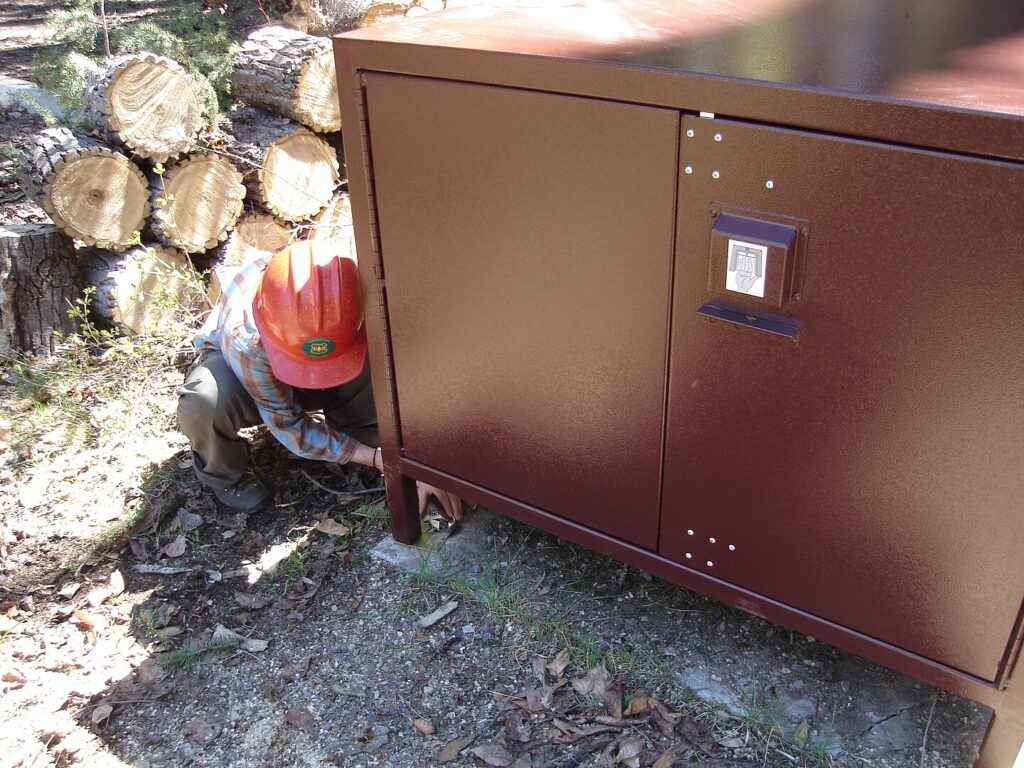
Bears are naturally curious, intelligent animals with remarkable memories and powerful food-seeking instincts. Once a bear successfully obtains human food, it remembers this easy food source and will likely return, becoming increasingly bold and potentially dangerous. This behavior pattern, called food conditioning, can lead to property damage, human injuries, and,, tragically, the euthanization of problem bears. In fact, wildlife management officials often use the saying, “a fed bear is a dead bear,” because bears that become habituated to human food typically end up being destroyed for safety reasons.
Bear boxes provide a crucial barrier between your food items and these powerful animals, preventing the development of problematic behavior patterns. By using bear boxes correctly, you’re not just protecting your supplies—you’re potentially saving bears’ lives and preserving the wilderness experience for future generations.
Identifying Bear Boxes at Your Campsite
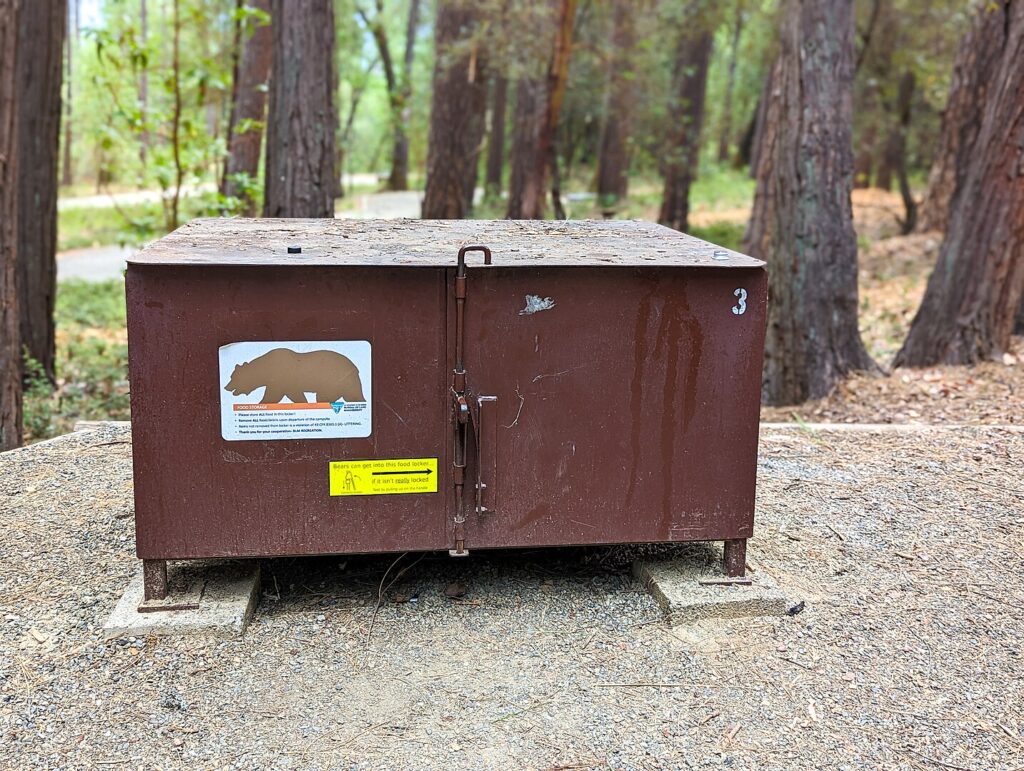
Bear boxes come in various designs depending on the campground location and managing agency, but most share common characteristics that make them recognizable. Typically, they’re constructed of heavy-duty metal (usually steel) with a secure latching mechanism that’s designed to be bear-proof but human-friendly. Most bear boxes resemble a small metal cabinet or chest, standing approximately waist-high, with a hinged door or lid featuring a specialized latch that requires opposable thumbs to operate.
In established campgrounds, bear boxes are usually permanently installed at each campsite, often bolted to a concrete pad or otherwise secured to prevent bears from tipping or moving them. If you’re unsure whether your campsite has a bear box or where it’s located, check with camp hosts or rangers upon arrival, as they can provide specific information about your site’s food storage options and requirements.
What Items Should Go Inside a Bear Box?
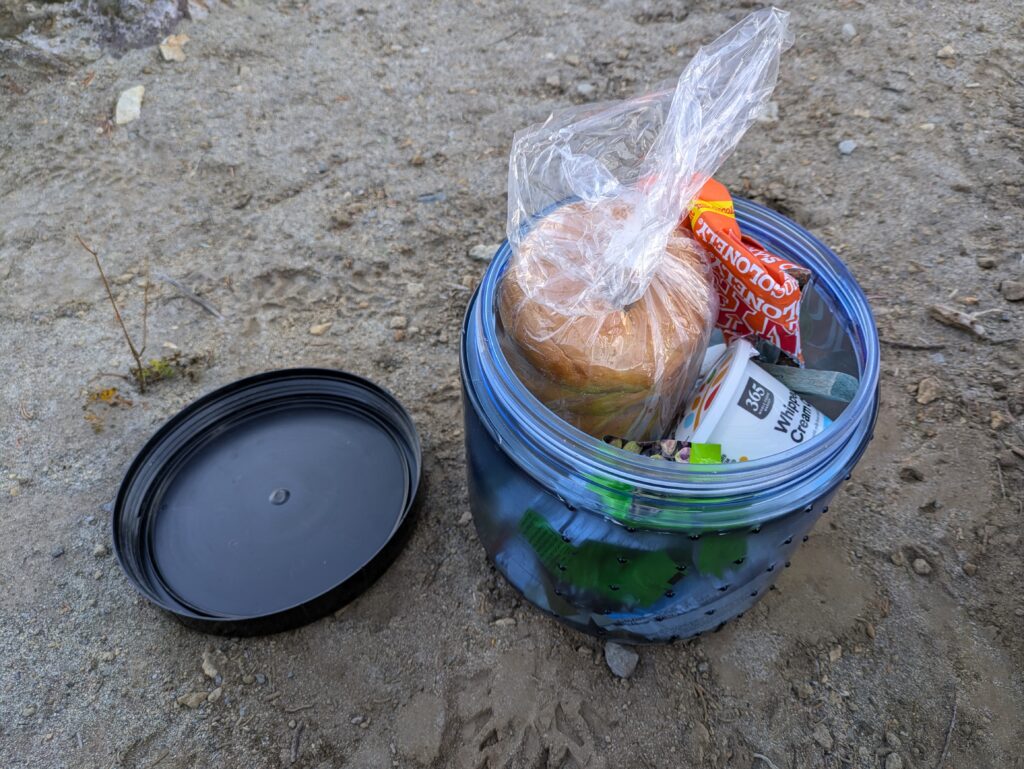
The general rule for bear box usage is simple but comprehensive: if it smells, goes in your mouth, or touches food, it belongs in the bear box. This includes all food items, whether packaged, fresh, or leftover, including pet food. Beverages of all kinds, especially those containing sugar, alcohol, or caffeine, should be secured inside. Cooking equipment such as pots, pans, utensils, and stoves that have food residue must be stored properly. Often overlooked items like toiletries (toothpaste, soap, deodorant, lotions), cleaning supplies, insect repellent, and even some medications can attract bears with their scents.
Trash and recycling, including food wrappers and containers, should never be left out—even items like empty soda cans retain enough residue to attract wildlife. Remember that bears have been known to investigate items as seemingly inoffensive as chapstick or sunscreen, so when in doubt, store it securely.
Items That Don’t Belong in Bear Boxes
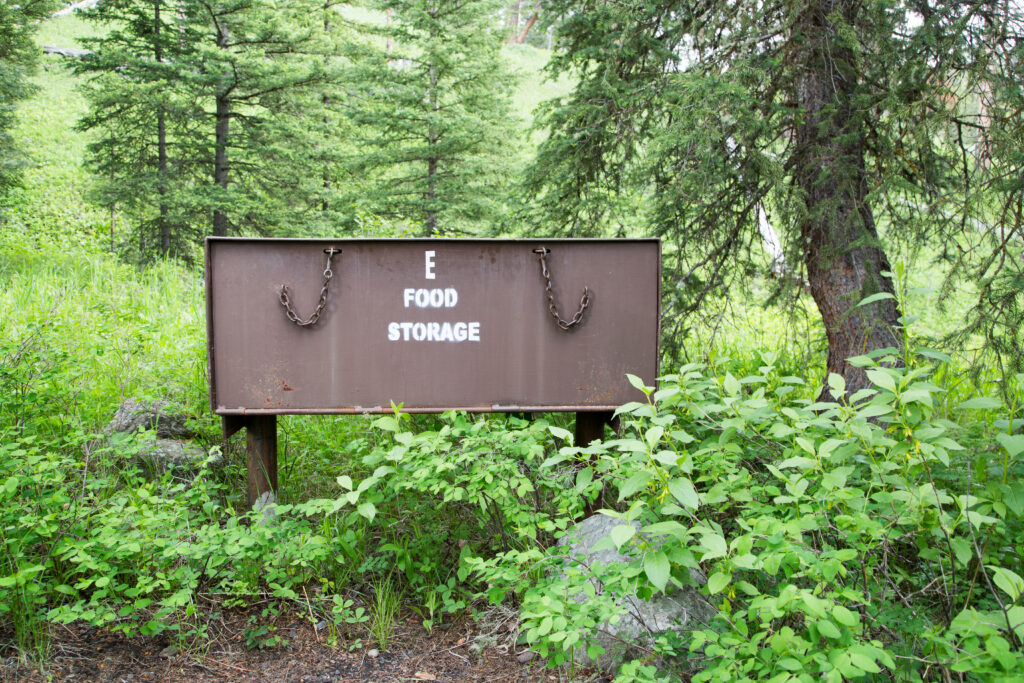
While bear boxes provide essential protection for food and scented items, certain things should never be placed inside these containers. Fuel canisters, including propane, white gas, or butane, present a safety hazard and should be stored according to campground regulations, typically away from your tent but not in the bear box. Never store firearms, ammunition, or other weapons in communal bear boxes, as these present obvious safety concerns and may violate campground rules.
Valuable items like wallets, phones, cameras, and car keys should stay with you or be secured in your vehicle rather than in the bear box, where they might be mistakenly taken by another camper. Living creatures, including pets or collected specimens, should never be placed in bear boxes, which can become dangerously hot in summer and lack proper ventilation. If you’re uncertain about a particular item, consult with campground staff for guidance on appropriate storage solutions.
Proper Loading Techniques for Bear Boxes
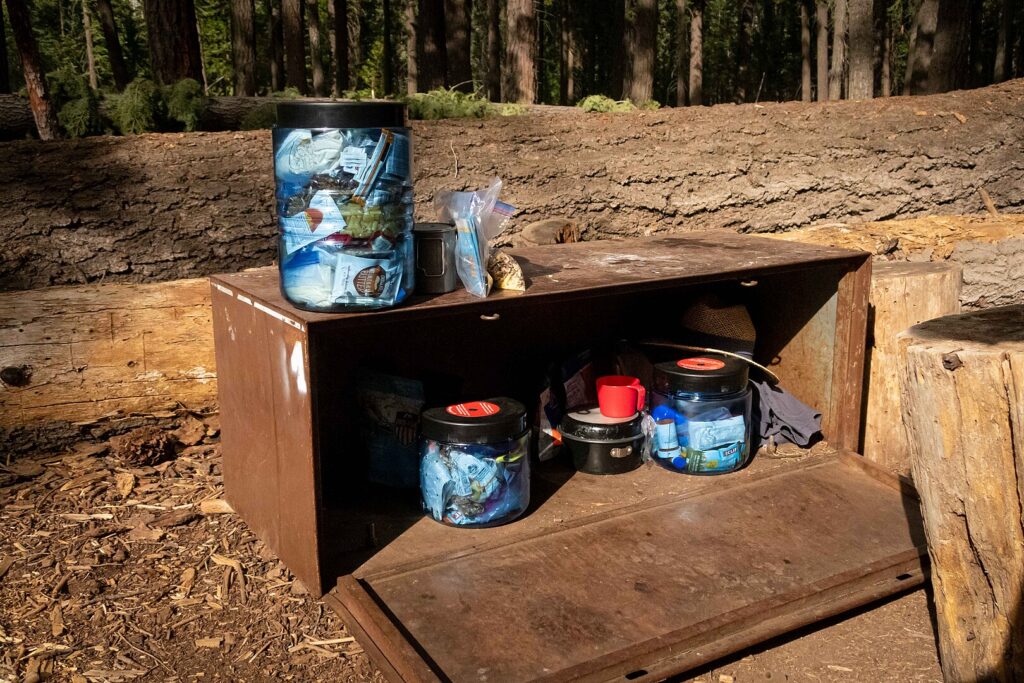
Efficient organization of your bear box maximizes space and ensures everyone at your campsite can access their items without difficulty. Begin by planning your packing strategy before randomly placing items inside—consider grouping similar items together and placing frequently used items toward the front for easy access. To maximize space, remove food from bulky packaging when possible and use stackable containers that can be arranged efficiently. If sharing a bear box with other campers, clearly label your items or use distinct containers to avoid confusion and minimize the time the box remains open during retrieval.
Be mindful of how items are arranged to prevent avalanches of supplies when the door is opened, which can lead to food waste and unnecessary noise that might disturb wildlife or neighboring campers. Remember that proper loading isn’t just about fitting everything inside—it’s about creating a system that minimizes the frequency and duration of bear box access.
Operating Bear Box Latches Correctly
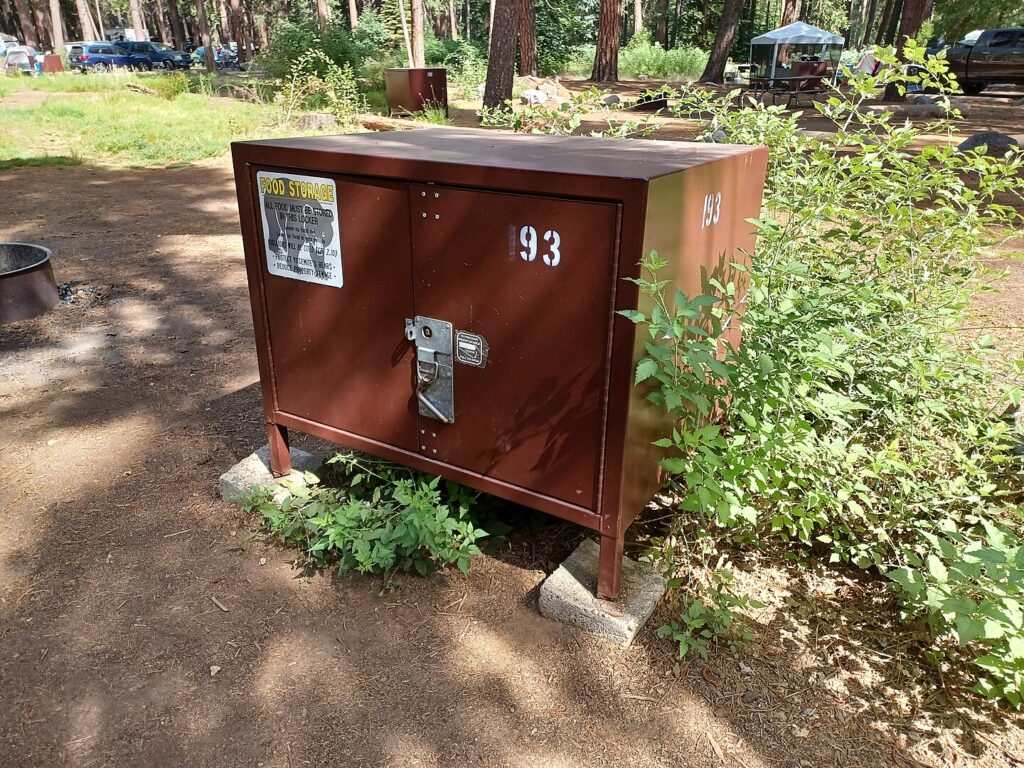
Bear box latching mechanisms are ingeniously designed to be easily operated by humans but impossible for bears to manipulate, and using them correctly is essential for effective wildlife protection. Most bear boxes feature a two-step locking system, typically involving pressing or pulling a metal tab while simultaneously lifting or turning a handle. When closing the bear box, always verify that the latch has fully engaged by gently testing the door or lid—if it moves at all, the latch isn’t secure. Teach everyone in your group, including children who are old enough, how to properly operate the latch, emphasizing the importance of ensuring complete closure after each use.
Never force or damage the latching mechanism if it seems stuck, as this could render the bear box ineffective; instead, seek assistance from campground staff who can provide maintenance if needed. Remember that even momentary carelessness with the latch can undo all your careful precautions, potentially creating dangerous wildlife encounters for you and future campers.
Timing Considerations for Bear Box Usage
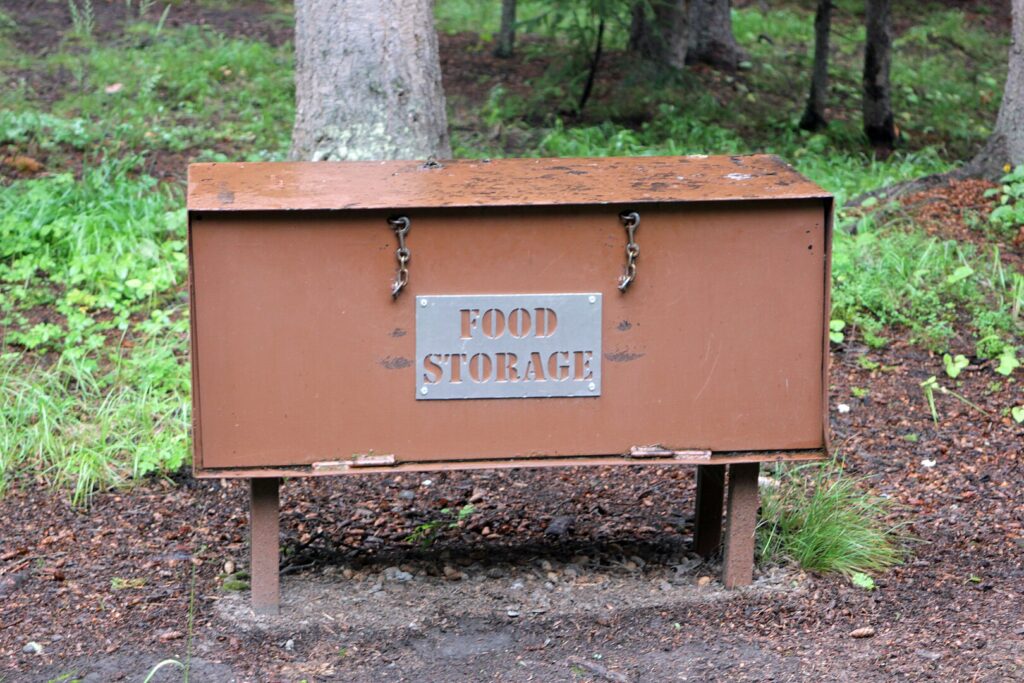
Establishing a consistent routine for bear box access helps minimize food odors around your campsite and reduces the chance of attracting wildlife. Plan your meals and snack times strategically, retrieving all necessary items in a single trip rather than repeatedly opening and closing the beer box. During meal preparation, keep the beer box closed except when absolutely necessary to retrieve additional ingredients or utensils. After finishing a meal or snack, immediately store all food items, cooking equipment, and waste before moving on to other activities—never leave food unattended, even for “just a minute” to use the restroom or chat with neighboring campers.
Nighttime presents particular risks, so complete your evening meal cleanup and store all attractants well before dusk, when bears typically become more active. Many experienced campers adopt a strict “no food after dark” policy, ensuring everything is properly secured in the bear box before nightfall to eliminate nocturnal wildlife visitations.
Cleaning and Maintaining the Bear Box
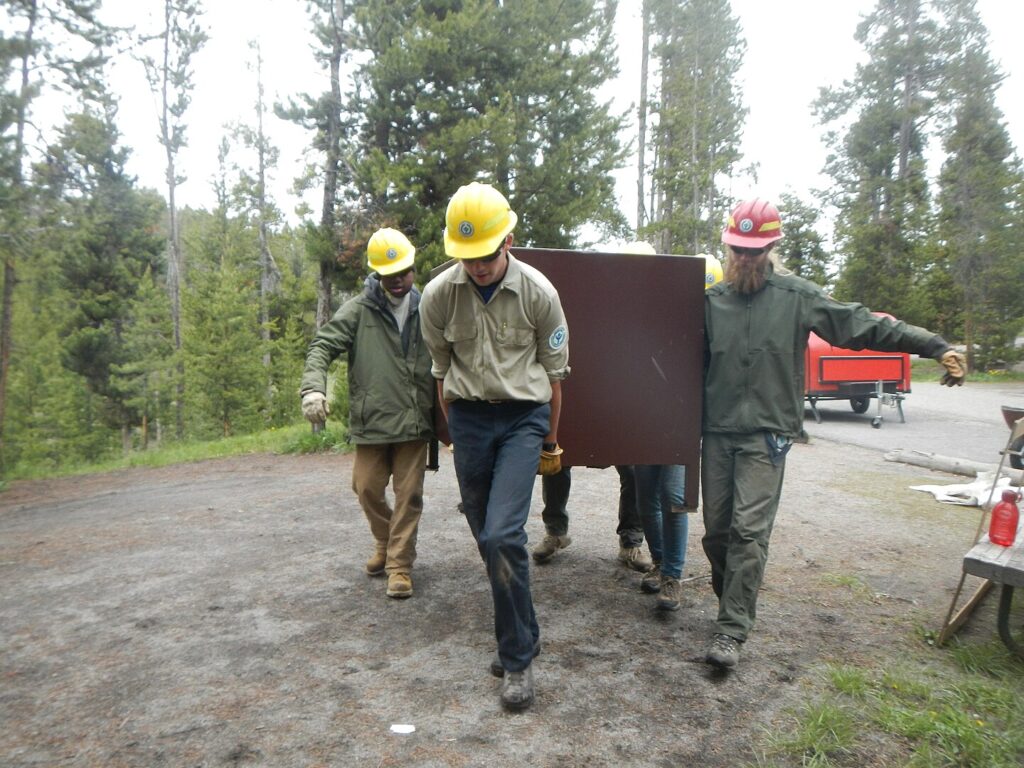
Responsible bear box usage includes leaving it in good condition for the next campers, which means performing basic maintenance during your stay. Before departing your campsite, thoroughly remove all your items and check corners and crevices for small overlooked items like granola bar wrappers or fruit that may have rolled into hidden spaces. If you notice food spills inside the bear box, clean them promptly using water and biodegradable soap, rinsing thoroughly and drying the interior to prevent odors that might linger and attract wildlife. Report any damage to the bear box, such as broken hinges, malfunctioning latches, or structural issues, to campground staff immediately, as a compromised bear box provides little protection.
Some campers carry disinfectant wipes specifically for wiping down the interior surfaces of bear boxes upon arrival and departure, which is especially considerate during peak camping seasons. Remember that proper maintenance isn’t just courteous to fellow campers—it’s an essential part of the collective effort to minimize human-wildlife conflicts.
Alternatives When Bear Boxes Are Full or Unavailable
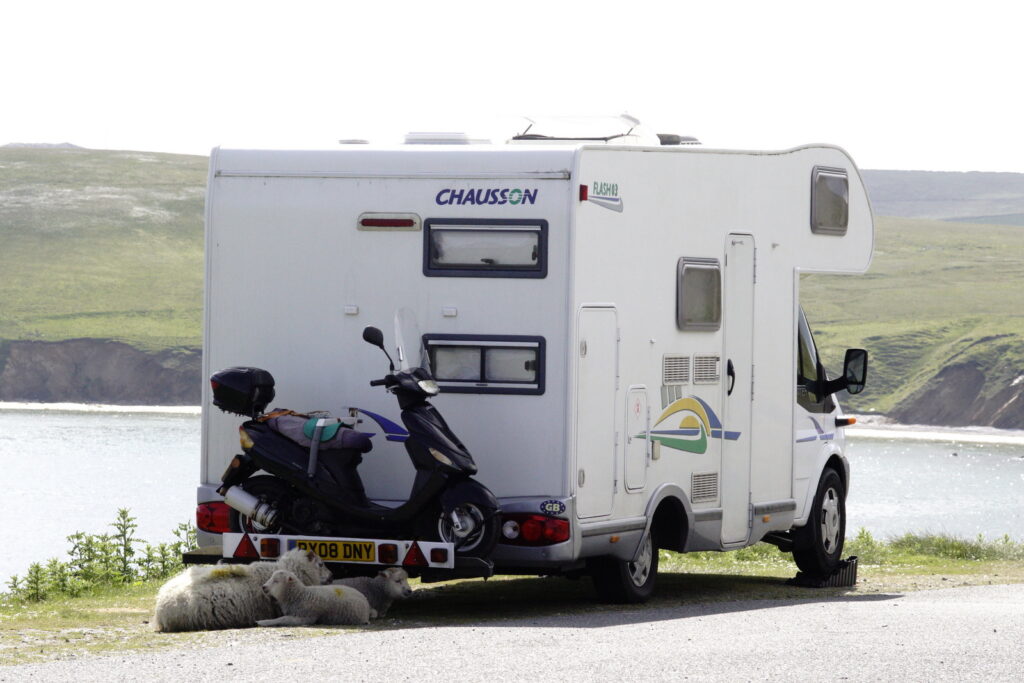
During peak camping seasons or at popular destinations, you may occasionally encounter full bear boxes or campsites without permanent food lockers, requiring alternative food storage strategies. Many campgrounds provide central food storage facilities when individual site bear boxes aren’t available—these communal lockers function similarly but serve multiple campsites. In some wilderness areas, bear poles (tall metal poles with hooks) or bear cables (pulley systems) allow campers to hang food supplies out of bears’ reach.
If you’re in bear country with no permanent structures available, portable bear canisters—hard-sided containers specifically designed to withstand bear investigations—are usually permitted and often required by land management agencies. As a last resort in developed campgrounds, a properly secured vehicle may serve as temporary food storage, though this isn’t ideal and isn’t permitted in many parks where bears have learned to break into cars. Whatever alternative you use, never resort to storing food in your tent, which creates significant safety risks for you and attracts wildlife to sleeping areas.
Special Considerations for Group Camping
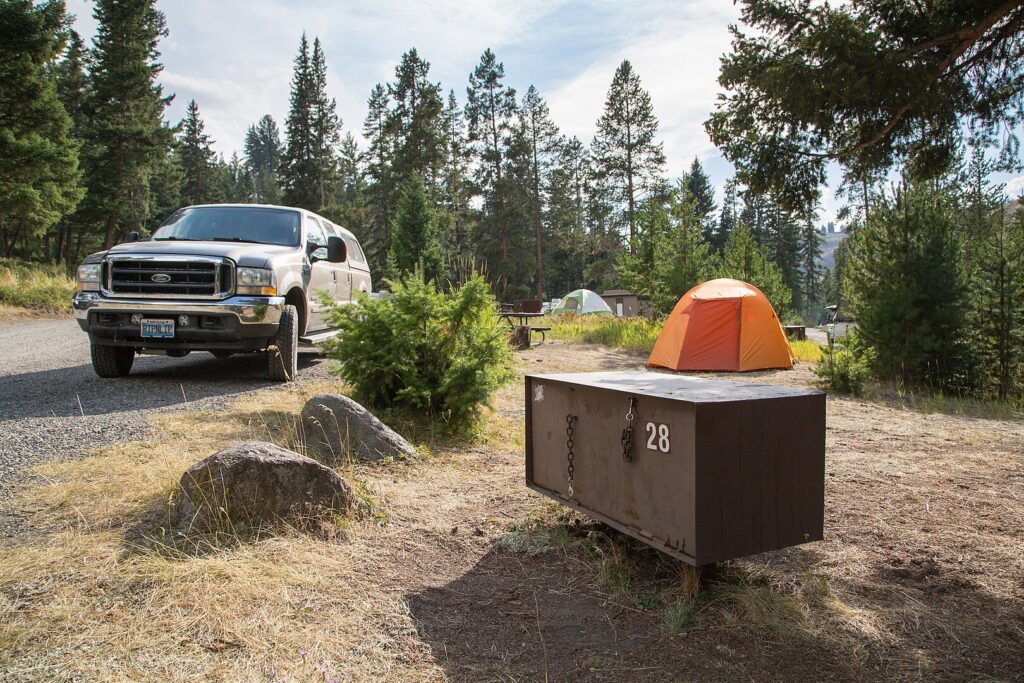
Coordinating bear box usage among larger camping groups presents unique challenges that require thoughtful planning and clear communication. Before your trip, designate a “bear box coordinator” responsible for overseeing proper food storage and ensuring everyone understands and follows the established protocols. Consider implementing a rotation system where different group members take responsibility for checking the bear box throughout the day to ensure it remains properly latched.
Large groups should prioritize efficiency by consolidating similar items from different families or individuals, such as storing all breakfast foods together rather than having separate containers for each tent or family unit. Create a simple map or diagram showing how the bear box is organized and post it nearby to help everyone locate items quickly without leaving the box open for extended periods. Remember that larger groups typically generate more food odors and waste, making strict adherence to proper bear box usage even more critical for wildlife safety.
Teaching Children About Bear Safety and Box Usage
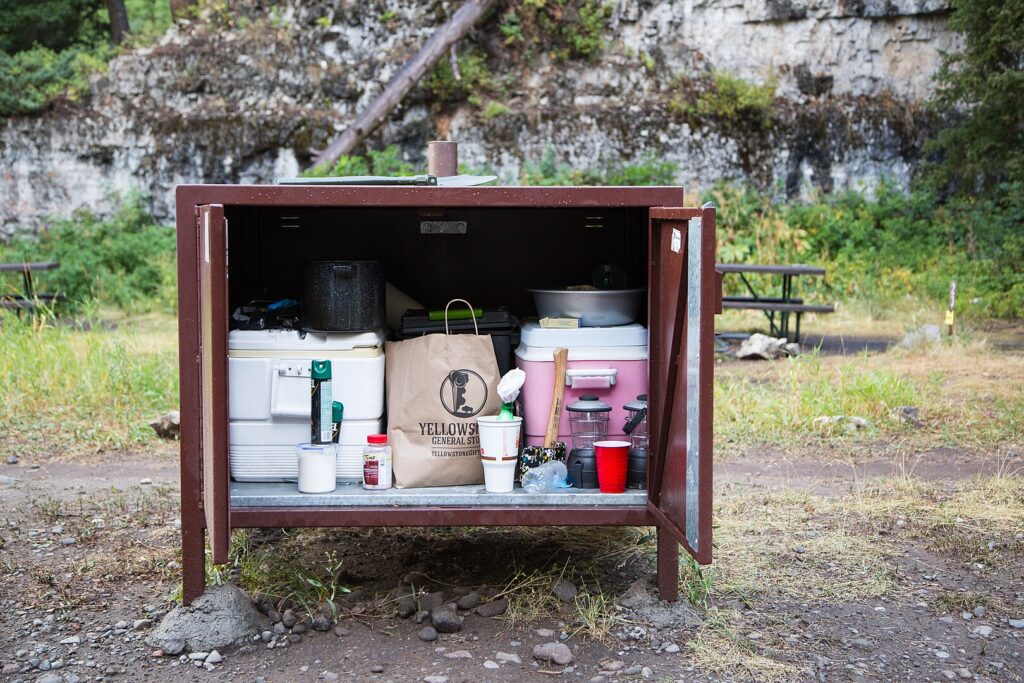
Camping provides an excellent opportunity to instill wildlife conservation values in children by teaching them about bear safety through proper food storage practices. Begin with age-appropriate explanations about why bear boxes matter, focusing on how proper food storage protects both people and bears rather than using frightening scenarios that might create anxiety. Create simple memory aids like “If it smells good, in the box it should” to help young children remember what items need secure storage. Involve kids in the process by assigning age-appropriate responsibilities, such as having older children check that younger siblings haven’t left food items around the campsite.
Use bear box usage as a teaching moment about broader wildlife conservation principles, explaining how our actions in nature affect animal behavior and survival. Remember that children learn primarily through observation, so consistently modeling proper bear box usage yourself is perhaps the most effective teaching tool of all.
Nighttime Considerations and Emergency Protocols
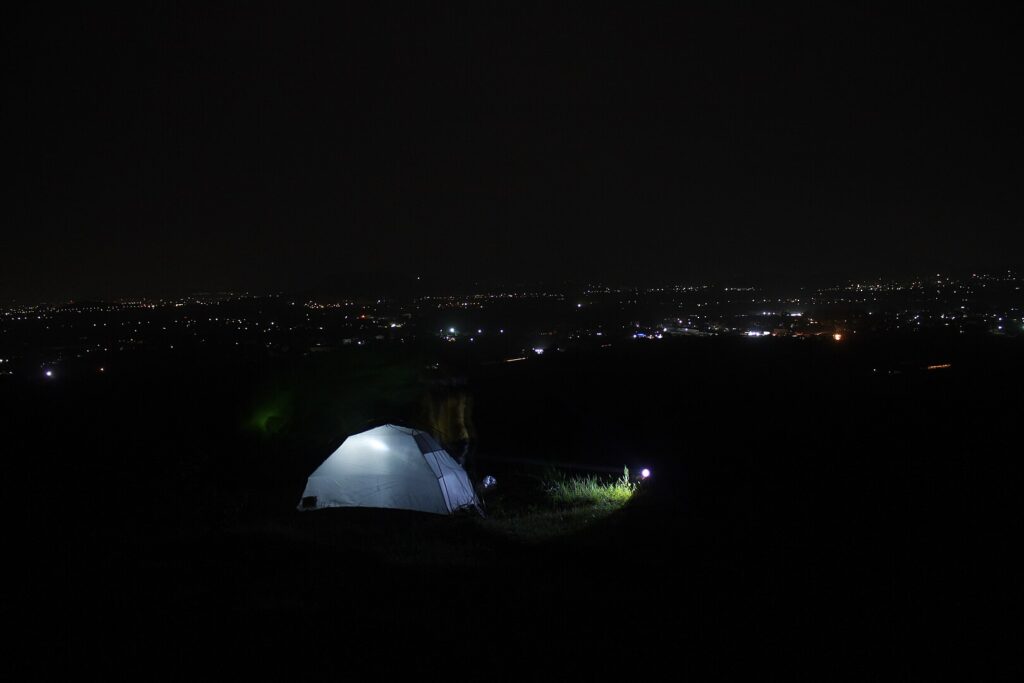
Nighttime presents heightened risks for wildlife encounters, requiring extra vigilance and preparation regarding bear box usage. Before retiring to your tent each evening, perform a comprehensive campsite sweep, checking for overlooked food items, trash, or scented products that should be secured in the bear box. Keep a headlamp or flashlight accessible in your tent for nighttime bear box access if absolutely necessary, though retrieving items after dark should generally be avoided. If you must access the bear box after dark, make noise while approaching it (speak in a normal voice) to alert any nearby wildlife to your presence and avoid surprising animals that might be investigating the area.
Establish clear emergency protocols with your camping group, including what to do if you discover a bear attempting to access your food storage area—generally, this involves maintaining a safe distance, making noise from a protected position like a vehicle, and reporting the incident to park rangers. Remember that prevention through proper daytime food management is the best strategy for avoiding nighttime wildlife encounters entirely.
Understanding Regulations and Consequences
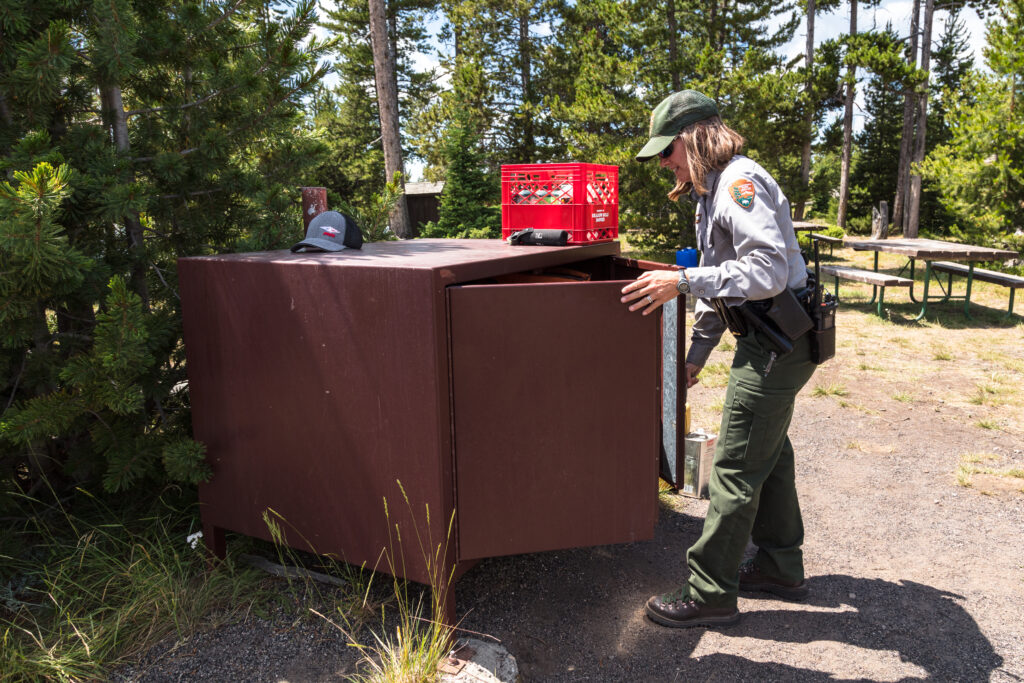
Proper bear box usage isn’t just a good practice—in many areas, it’s mandated by law with significant penalties for non-compliance. Many national parks, national forests, and state parks in bear country have implemented mandatory food storage regulations that are actively enforced by rangers and conservation officers. Violations can result in substantial fines, typically ranging from $100 to $5,000, depending on the jurisdiction and severity of the infraction.
In some cases, campers may be evicted from campgrounds for food storage violations, particularly in areas with high bear activity or after repeated warnings. Beyond legal consequences, improper food storage that leads to property damage or wildlife habituation creates significant ecological impacts, potentially resulting in the euthanization of problem bears and restriction of future recreational access. Understanding that these regulations exist not as arbitrary rules but as essential wildlife management tools helps foster a culture of compliance and responsible recreation among all wilderness users.
Contributing to Long-Term Bear Conservation
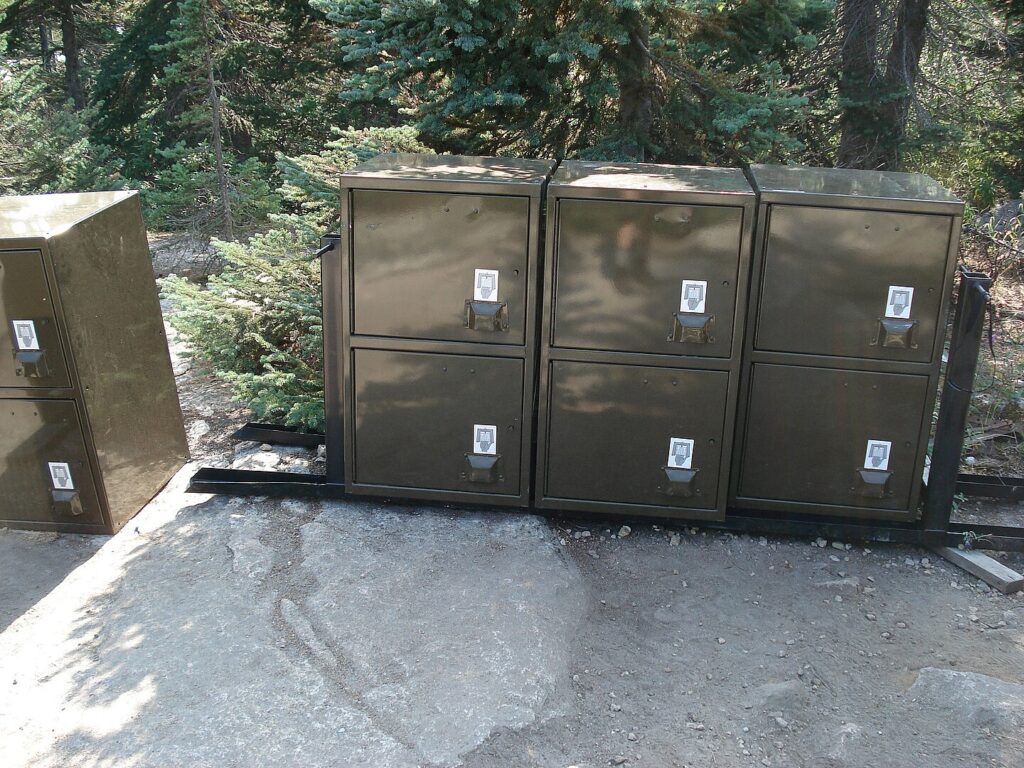
Your individual actions regarding bear box usage contribute to broader conservation efforts that determine the future of bear populations and human-wildlife coexistence. By consistently practicing proper food storage, you help prevent bears from developing dangerous food-conditioning behaviors that often lead to their removal or destruction. Consider participating in citizen science programs that track bear activity and food storage compliance in camping areas, providing valuable data to wildlife managers and conservation organizations.
Share your knowledge about proper bear box usage with less experienced campers in a friendly, non-confrontational manner, helping spread best practices throughout the outdoor recreation community. Support conservation organizations and park funding initiatives that maintain and improve bear-resistant infrastructure and education programs in wilderness areas. Remember that each camping trip represents an opportunity to demonstrate that humans and bears can safely share natural landscapes when we take responsibility for minimizing our impact through simple but effective practices like proper bear box usage.
Conclusion
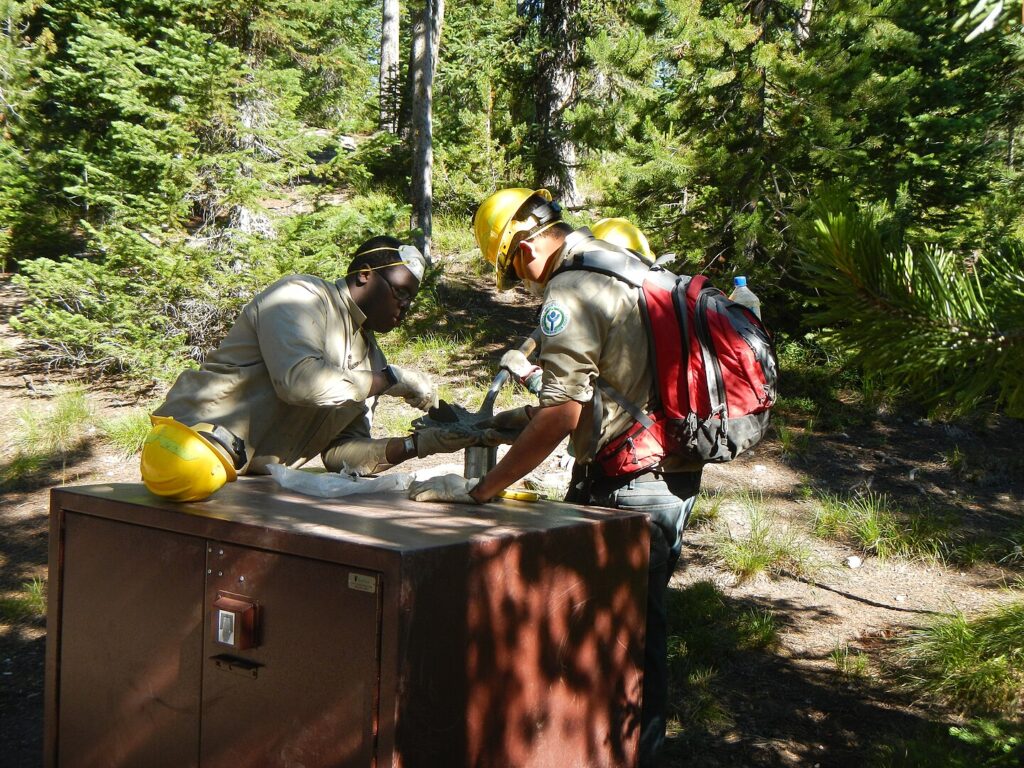
The proper use of bear boxes at campgrounds represents a perfect intersection of personal responsibility, wildlife conservation, and community safety. By understanding why these specialized containers matter, knowing what to store inside them, and consistently following proper usage protocols, you contribute to a sustainable future where humans and bears can safely coexist in our shared wilderness areas.
Remember that each time you properly secure your food and scented items, you’re not just protecting your supplies—you’re potentially saving bears’ lives and preserving natural bear behavior for future generations to observe and appreciate. Take pride in mastering this essential outdoor skill, knowing that your conscientious actions during each camping trip help maintain the delicate balance between human recreation and wildlife conservation in our most precious natural environments.

